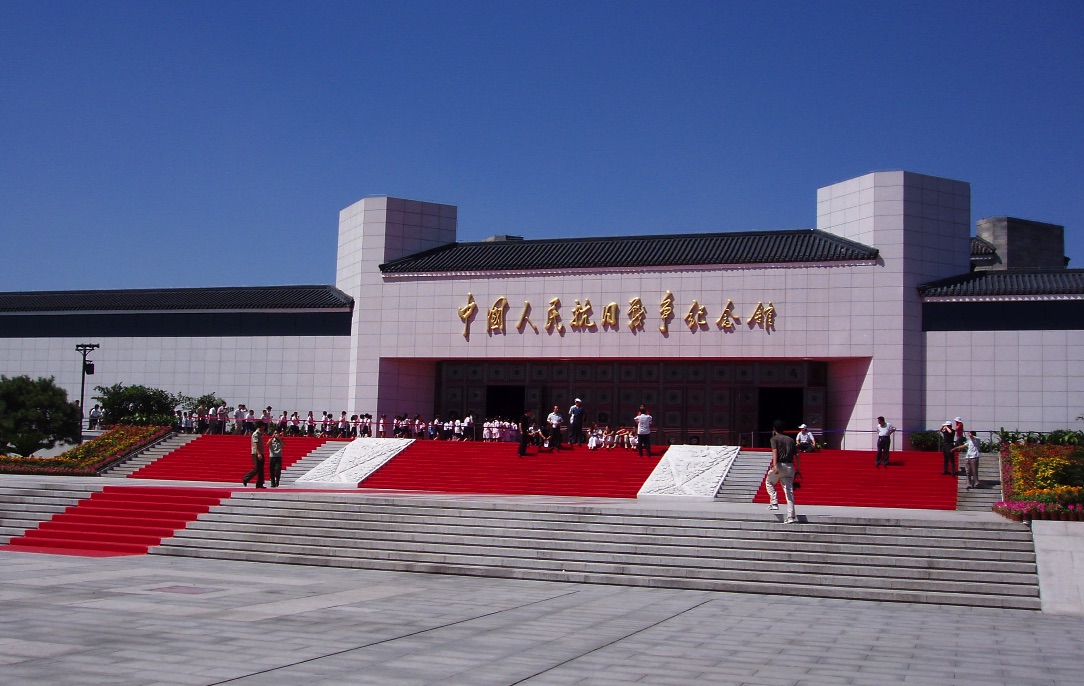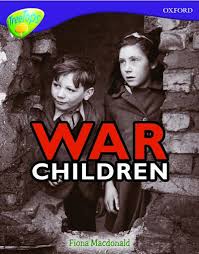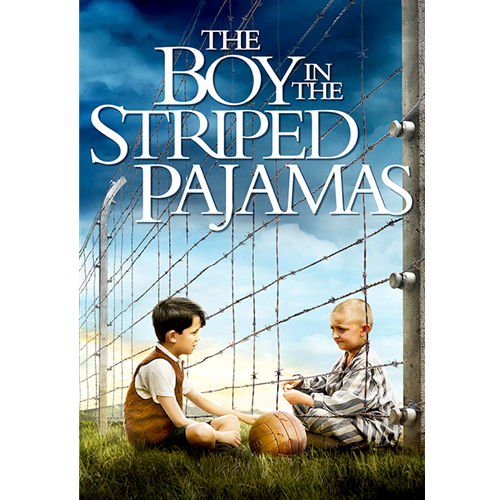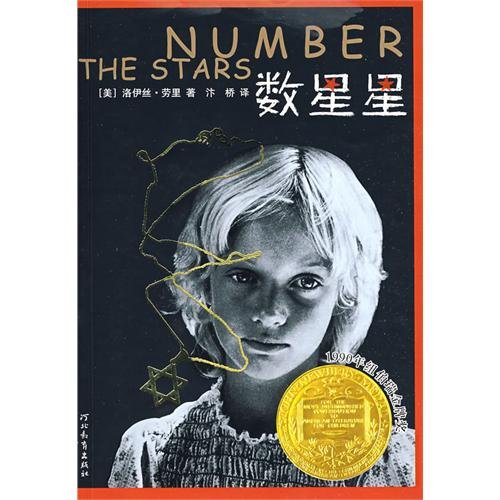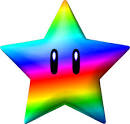Our Field Trip to the WW2 Museum
The WW2 museum in Beijing is an interesting opportunity to see artifacts from a time period in history we are studying. Children must choose a part of WW2 to study that is not directly connected to China, so this field trip offers a different perspective on what happened in Asia. Whatever topic the children chose to learn more about for their studies, it is almost always possible to find something related to their topic in the museum.
About the Museum